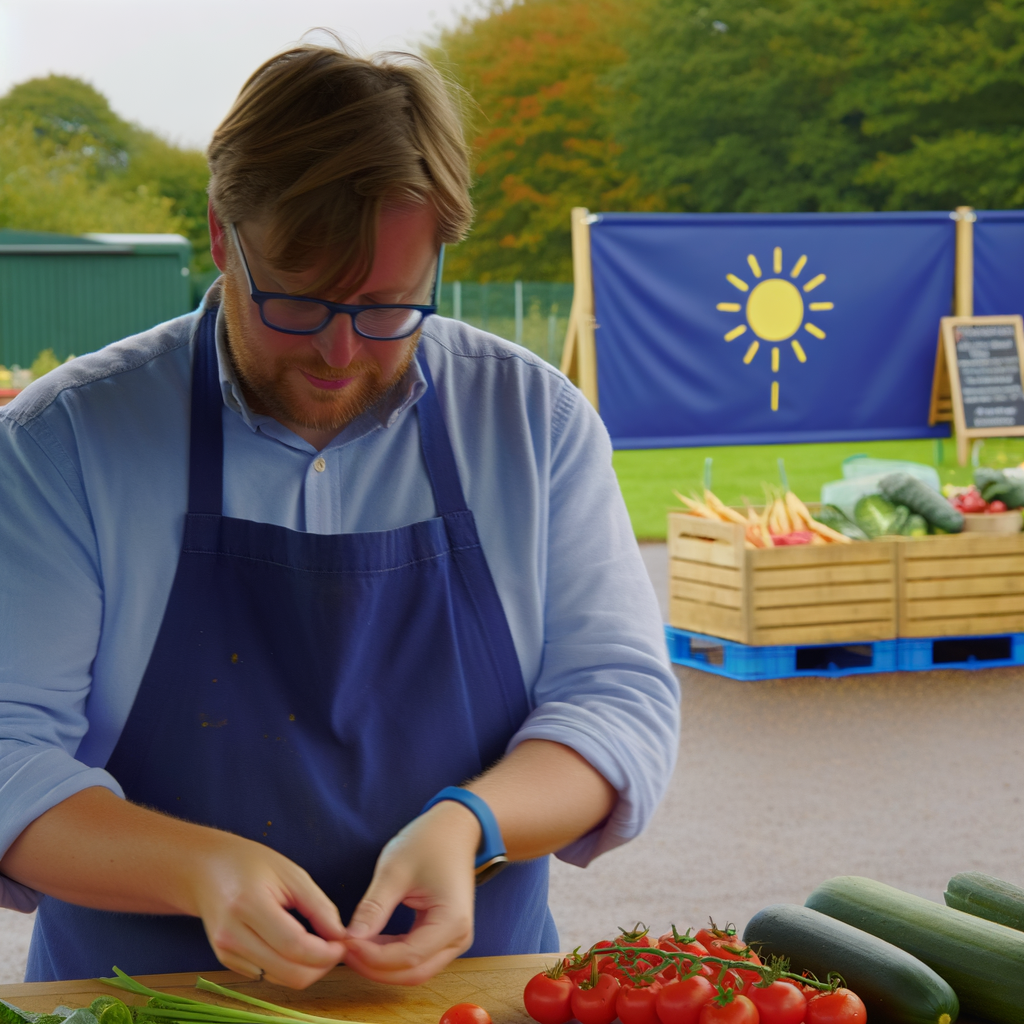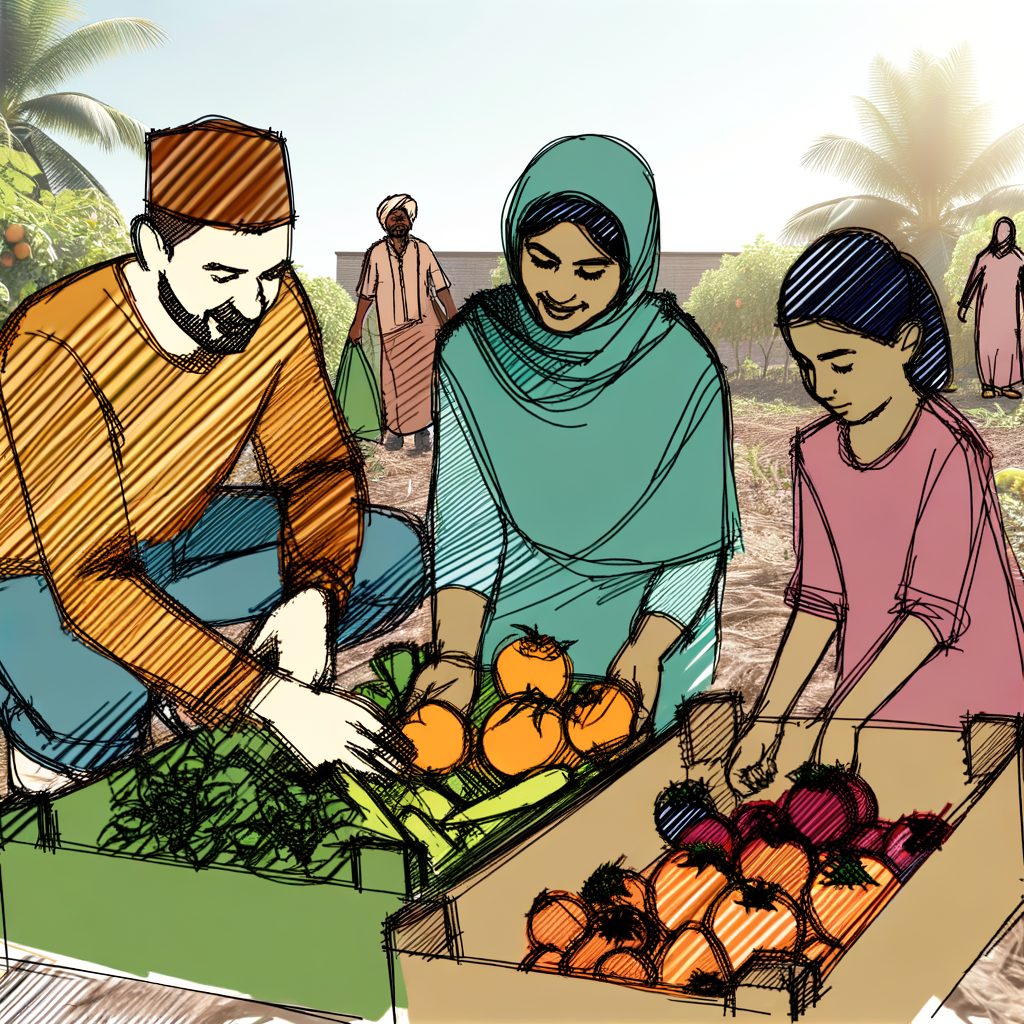European cuisine has long been celebrated for its use of fresh, locally-sourced ingredients. However, in recent years, the concept of farm-to-table has gained traction in Europe, encouraging a more direct relationship between farmers and consumers. One of the key ways this is achieved is through Community-Supported Agriculture (CSA). The CSA model is a partnership between farmers and consumers, in which consumers purchase a share of a farm’s produce at the beginning of the growing season. In return, they receive a weekly or bi-weekly delivery of fresh, seasonal produce directly from the farm. This not only ensures a steady income for farmers, but also provides consumers with the freshest, most nutrient-dense produce available. Additionally, CSA allows for a deeper connection between consumers and the food they eat. By knowing where their food comes from and who grows it, consumers can feel more connected to their community and the land. This model also promotes sustainable farming practices, as it eliminates the need for long-distance transportation and reduces food waste. In Europe, CSA programs can be found in various forms, from traditional farms to urban rooftop gardens. So if you’re looking to support local farmers and eat the freshest, most delicious produce, consider joining a CSA program near you!





